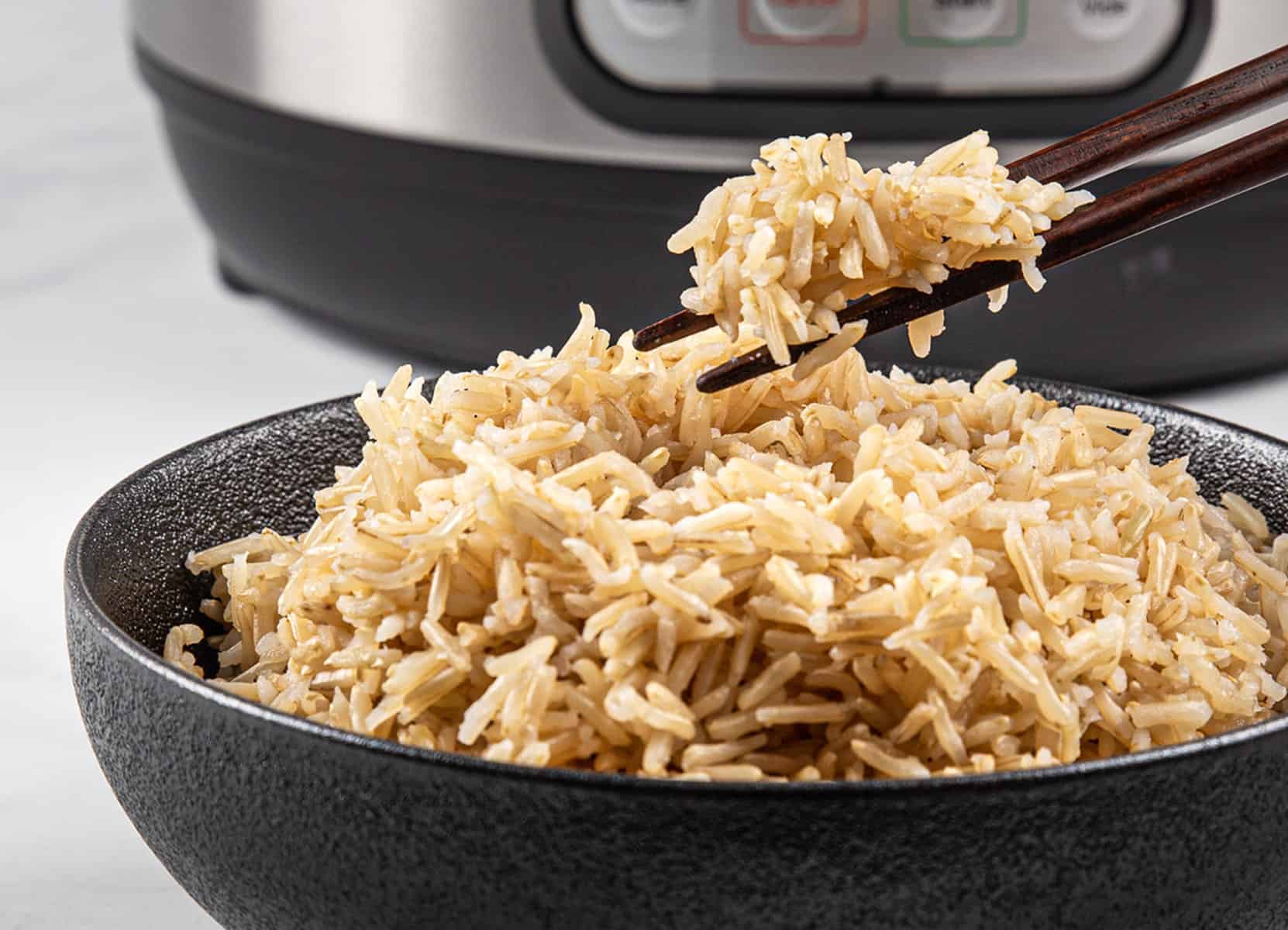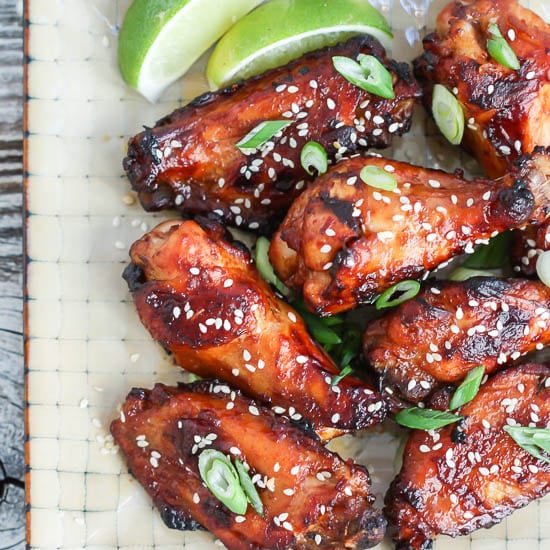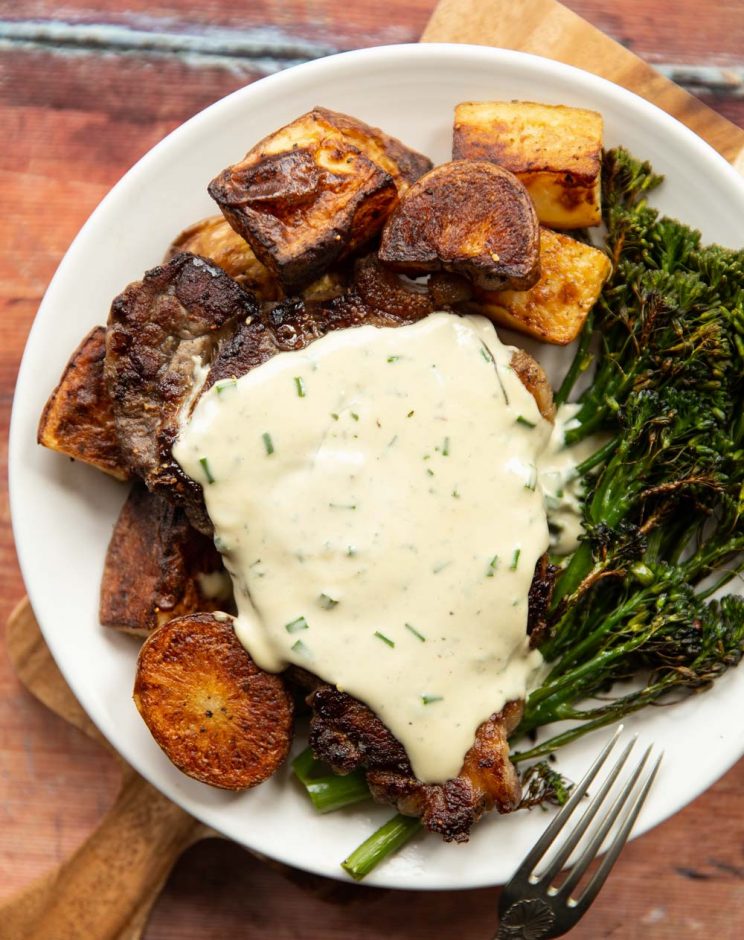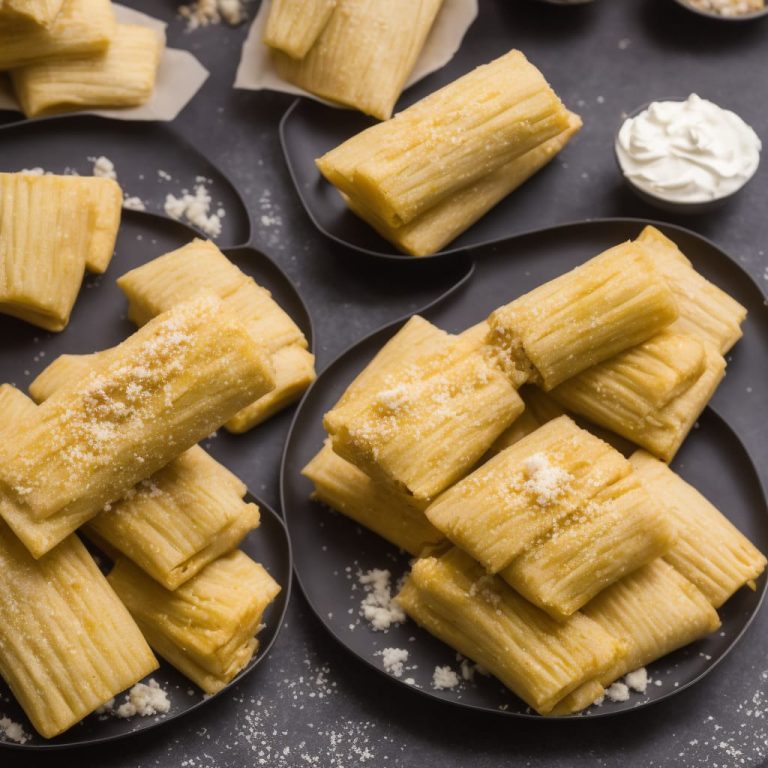Indian Style Basmati Rice: Aroma, Flavor, and Health Benefits
Basmati rice has a rich history in India, particularly in the northern regions, including Punjab, Haryana, and Uttar Pradesh. Historical records, including ancient texts like the Mahabharata, reference Basmati rice, indicating its long-standing presence in Indian agriculture. According to the Indian Agricultural Research Institute, Basmati varieties have been cultivated for over 7,000 years. These areas, with their favorable climate and soil types, provide ideal growing conditions for Basmati, contributing to its unique aroma and distinct flavor.
Cultural Significance
In Indian culture, Basmati rice holds immense importance, often seen during significant festivals and celebrations. For instance, dishes like Biryani and Pulao, which predominantly use Basmati, are staples in Indian cuisine during weddings, Diwali, and Eid. Basmati rice symbolizes prosperity and tradition, making it a favored choice for auspicious occasions. Furthermore, Ayurveda, the traditional Indian system of medicine, recognizes Basmati rice for its cooling properties and digestibility, enhancing its cultural relevance.
Characteristics of Indian Style Basmati Rice
Aroma and Flavor
Indian style Basmati rice captivates with its distinct aroma and flavor. The aromatic fragrance, often compared to pandan leaves or popcorn, fills the air when cooked. This unique scent, due to compounds like 2-acetyl-1-pyrroline, distinguishes Basmati from other rice varieties. The flavor profile is nutty and slightly floral, enhancing its appeal in various dishes like Biryani, Pulao, and Pilaf.
Grain Appearance
Indian style Basmati rice stands out visually with its long, slender grains. Each grain, typically over 6.61 mm in length, elongates further during cooking, a hallmark of high-quality Basmati. The grains maintain a firm texture, resulting in a fluffy, non-sticky appearance after cooking. The milled and polished grains have a pearly white hue, contributing to the rice’s aesthetic appeal and versatility in various culinary presentations.
Cooking Indian Style Basmati Rice
Choosing the Right Type
Selecting the right type of Basmati rice is crucial for authentic Indian-style dishes. You should look for aged, long-grain Basmati rice. Aged rice has lower moisture content, which results in fluffier and more aromatic rice when cooked. Brands such as Tilda, Royal, and Daawat offer high-quality options. Ensure the grains are long, slender, and have a slightly yellowish hue, indicating proper aging.
Preparation Techniques
Proper preparation techniques ensure that the Basmati rice retains its distinct aroma and fluffy texture. You must rinse the rice thoroughly before cooking. Place the rice in a bowl and rinse under cold water, gently swishing the grains, then drain. Repeat this process 3-4 times until the water runs clear, removing excess starch and preventing clumping.
Soaking the rice is another critical step. Soak the rinsed rice in cold water for 30 minutes. Soaking helps the grains expand fully during cooking and results in a better texture.
Use the right rice-to-water ratio for perfect cooking. For stovetop cooking, combine 1 cup of soaked Basmati rice with 1.5 cups of water. If using a rice cooker, opt for the same ratio. Use a heavy-bottomed pot with a tight-fitting lid for stovetop methods, ensuring even heat distribution.
Cook the rice properly by bringing the water to a boil over medium heat. Once the water boils, reduce the heat to low, cover the pot with the lid, and let it simmer for 15 minutes. Avoid lifting the lid during this period to prevent steam from escaping.
After cooking, allow the rice to rest. Let it sit covered for an additional 5-10 minutes off the heat. Fluff the rice gently with a fork before serving to separate the grains and achieve the desired fluffy texture.
Popular Indian Basmati Rice Recipes
Biryani
Biryani, an iconic and elaborate dish, merges aromatic Basmati rice with marinated meats (like chicken, mutton, or shrimp), vegetables, and a mix of spices. This layered recipe involves partially cooking the rice and the meat separately, then layering them in a heavy-bottomed pot. Ingredients such as saffron, fried onions, mint leaves, and yogurt enhance the dish’s depth of flavor. Once layered, cook the Biryani on low heat (dum) to allow the flavors to meld. Serve with raita and a hard-boiled egg for an authentic presentation.
Pulao
Pulao, a simpler one-pot dish, combines Basmati rice with vegetables (like peas, carrots, and beans) or meat, along with aromatic spices. Start by sautéing onions, garlic, ginger, and green chilies in ghee or oil. Add spices like cumin seeds, cinnamon, and cloves before mixing in the vegetables or meat. Incorporate the rinsed Basmati rice and water (typically in a 1:1.5 ratio). Cook the mixture until the rice absorbs all the water and achieves a fluffy texture. Garnish with fresh cilantro before serving with a side of pickle or yogurt.
- Biryani: Layers aromatic rice, meats, and vegetables.
- Pulao: One-pot dish with rice, spices, and vegetables or meat.
Health Benefits of Basmati Rice
Nutritional Content
Basmati rice provides essential nutrients. A 100-gram serving offers about 350 calories, predominantly from carbohydrates, which supply quick energy. This rice is low in fat, containing only about 0.5 grams per serving. It offers 7-8 grams of protein per 100 grams, contributing to muscle maintenance and growth. Additionally, Basmati rice is a good source of B vitamins like thiamine (B1) and niacin (B3), which aid in energy metabolism. Trace minerals such as iron and magnesium are present, supporting various bodily functions.
Dietary Benefits
This rice has a low to medium glycemic index (GI), around 50-58, making it a better option for blood sugar management compared to other types of rice. Consuming Basmati rice may help improve digestion due to its fiber content, around 2 grams per 100 grams. This fiber aids in promoting regular bowel movements and preventing constipation. Basmati rice is gluten-free, making it suitable for those with celiac disease or gluten intolerance. Its rich nutrient profile and digestibility make it a balanced addition to various diets, including vegetarian and low-fat plans.
Conclusion
Exploring the world of Indian-style Basmati rice opens up a treasure trove of flavors and traditions. Whether you’re savoring a fragrant Biryani or a comforting Pulao, Basmati rice stands out with its unique qualities. Beyond its culinary appeal, it offers numerous health benefits, making it a valuable addition to your diet. Embrace the rich history and cultural significance of this exceptional grain, and let it elevate your cooking to new heights.






